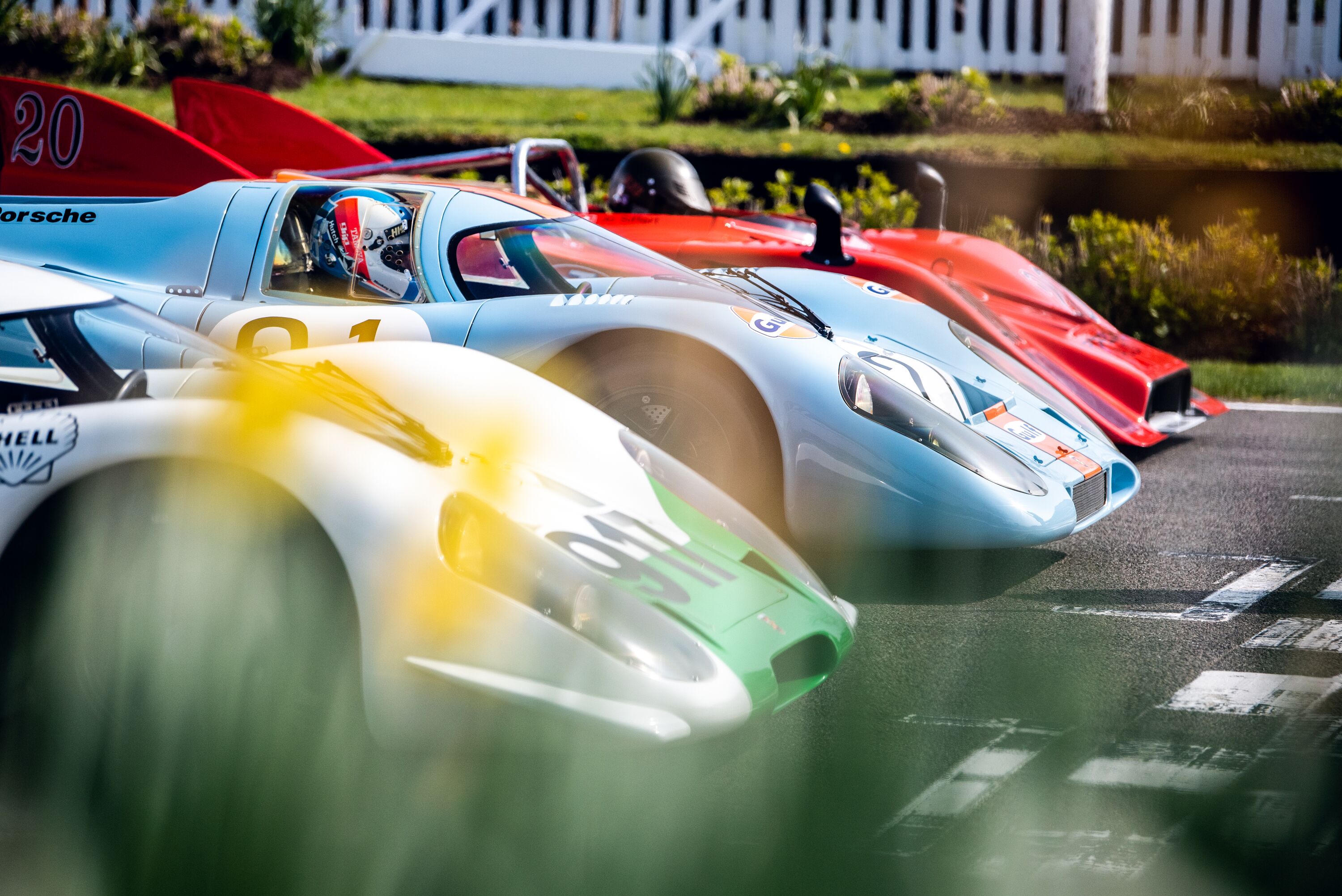General Motors or Gone Missing? Axon’s Automotive Anorak
Of the handful of car brands that have been expired in the opening years of the 21st Century (Rover, Tatra, etc.) the vast majority of these now-defunct marques have been victims of General Motors (GM) and its all-too-often inept brand strategies and gross brand mismanagement.

GM’s long-established Australian car brand Holden is the latest victim of the General’s overall incompetence, as recently reported on GRR by my colleague Bob Murray. It was even anticipated in an old Anorak of mine back in 2017.
Holden is just the latest casualty of GM’s knee-jerk panic reaction to (understandable) failing customer demand for its products, with the automotive group (once the largest in the world for many decades) also killing off its Oldsmobile, Pontiac, Saturn, Hummer, GM Daewoo, GME and (indirectly) Saab brands in the 20 short years since the Millennium, as well as also withdrawing from a few non-profitable markets, such as Thailand, and withdrawing the Chevrolet badge (apart from the niche Camaro and Corvette, the latter briefly and bizarrely made a stand-alone marque in its own right, before being restored to Chevrolet branding!) from most export markets.
Eight brand closures in 20 years (intentional or otherwise) is quite exceptional, and something for which GM should be suitably ashamed. Falling product quality, confusing (and reputation-damaging) badge engineering, a penny-pinching mentality and failure to invest, plus its inability to quickly react to ever-changing customer demands and tastes, have seen demand and profits for GM and its products decline the world over in recent years. ‘Bean counters’ rather than ‘car guy’ management have taken over control at GM.

Cars like the now-legendary (for the wrong reasons!) Pontiac Aztec crossover prove how far off the pace GM’s forward planners were, as does it’s constant re-imagining of the once proud, but now ailing, Cadillac luxury brand, the product and positing strategy for which seems to change from week-to-week, with EVs now being the latest GM/Cadillac flavour of the moment.
Back in 2001, I was briefly appointed Cadillac’s PR manager for the UK (unbeknown to me at the time!), when GM planned to ‘seriously’ relaunch its luxury American brand for the umpteenth time in Europe. At an exclusive dinner held for the press on the evening of 10th September, the night before the first Press Day at the 2001 IAA Frankfurt Motor, GM seniors announced that all European Saab Product and PR managers (of which I was one) will now be responsible for Cadillac in Europe as well, something of a shock and surprise to me and my Saab colleagues. Given the atrocious events of the following day (9/11) we were all Cadillac PR guys for only around 12 hours, as the Twin Towers attack saw GM rapidly back-pedal from its ambitious European re-launch plans for Cadillac, with various later attempts to re-introduce the luxury American brand into Europe having zero impact.
Having closed-down its civilian Hummer brand ten years ago, GM is now set to revive the Hummer name as a sub-brand under its North American GMC commercial vehicle marque. As for its other, once popular brands, including its oldest name badge Oldsmobile (founded in 1897) there seems little chance of any other ex-GM brand revivals, despite interest still being particularly high in the sporting Pontiac marque, with independent specialists craftily creating body styling kits to make the current Chevrolet Camaro look like a 21st Century interpretation of a 1970s Pontiac Firebird TransAm.

The 21st Century demise of Saab came after GM had messily sold the Swedish prestige brand off to the Dutch Endemol TV and Spyker supercar entrepreneur, Victor Muller. Given the enormous investment Saab needed for new products, etc., Muller was instantly fighting a losing battle to keep Saab alive and viable, GM effectively starving the Swedish brand (which it never really understood) to death, long before Muller arrived as the marque’s potential ‘white knight’ saviour.
I was very involved in Saab future product planning for many years, and could see the harm, damage and misunderstanding GM was doing to the marque, trying to save a few bucks here and there with inferior GM components, plus ill-conceived badge-engineering horrors such as the Saab 9-2X (a mildly reworked Subaru Impreza to tackle prestige entry-level rivals in the North American markets such as the Audi A3 and BMW 1 Series), and the quick-fix (but brand-damaging) 9-7X (a revamped Chevrolet TrailBlazer) to give an instant premium SUV competitor. Oh the horror, and unsurprisingly, these models fooled no one and found few takers!

The latest victim of GM’s crumbling empire is the cancelation of Holden as its dedicated Antipodean brand, as announced last month. Holden’s demise had been inevitable ever since GM announced all local Australian vehicle production would cease in the summer of 2017. Since local production stopped, all Holden vehicles were imported models from GM’s many and various overseas plants, with SUVs and pick-ups coming in via Chevrolet from the USA, small cars from the former GM Daewoo plant in South Korea, plus ‘regular’ volume saloons and hatchbacks from Opel in Europe, all re-branded as Holdens.
With GM’s sale of its European Opel-Vauxhall divisions to the expanding French PSA Groupe, it was only a matter of time before GM would stop selling now rival products such as the Astra and Insignia to its own GM divisions, including Holden, as well as Buick and Chevrolet in Brazil.
The current Opel Insignia was rebranded as the Holden Commodore in Australia and New Zealand, a historic model name held in high esteem down under, with the imported Insignia unable to convincingly fill the large boots of its former Australian-built model.
In the USA, Buick’s model range has now been severely depleted as well with the withdrawal of the Astra, Cascade and Insignia (Regal) models, all sold under the Buick banner. This leaves just the US-built Envision and Enclave SUV models in the Buick range today; quite a contrast to the halcyon days when the full Buick model line-up ran to at least 15 different models. The Brazilian Chevrolet range has also recently seen all imported ex-Opel and GM Daewoo models withdrawn from its family of cars.

As already mentioned, General Motors was the world’s largest vehicle maker by some margin for many decades, enjoying its heyday immediately pre- and post-war, culminating in wild and desirable machines such as the original 1953 Chevrolet Corvette and extravagent 1959 Cadillac range, featuring the world’s largest and most OTT tail fins.
Arch rivals such as the VW Group and Toyota, plus its old domestic enemy Ford, have long since overtaken GM, and in 2019 the General languished at number five in the top car maker stakes. GM is set to fall further now since the merger of the FCA and PSA groups, not helped by its slimmed down but uninspiring model range, as well as its huge dependence now on the once growing Chinese new car market, currently in free-fall due to the impact of the Coronavirus.
I for one am glad that I am not a shareholder in General Motors in 2020, the giant 21st Century car brand killer!
Axon's Automotive Anorak
General Motors
Chevrolet
Corvette
Holden





































































